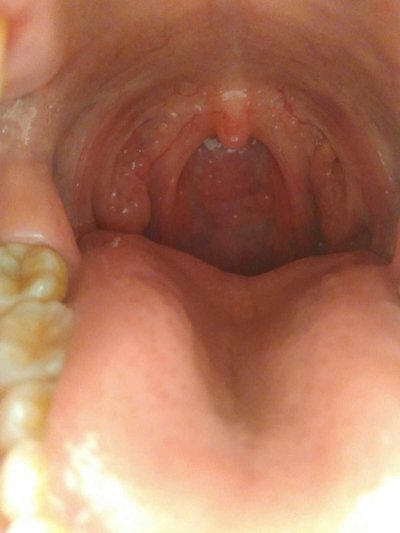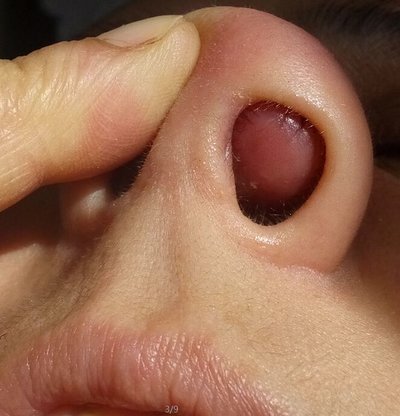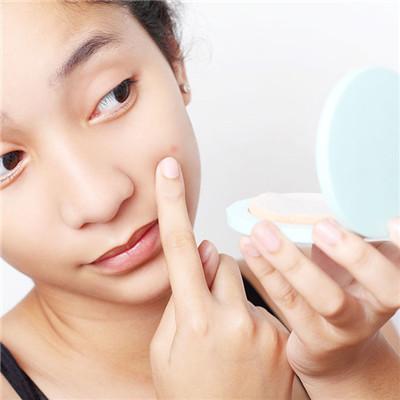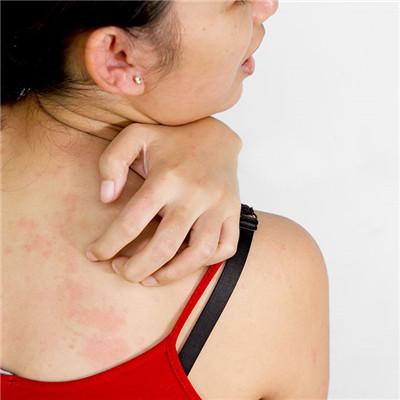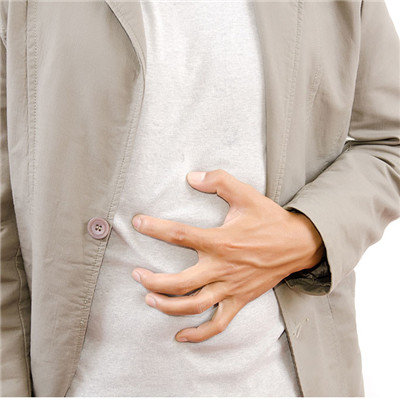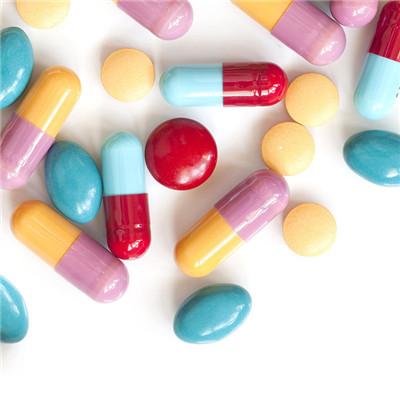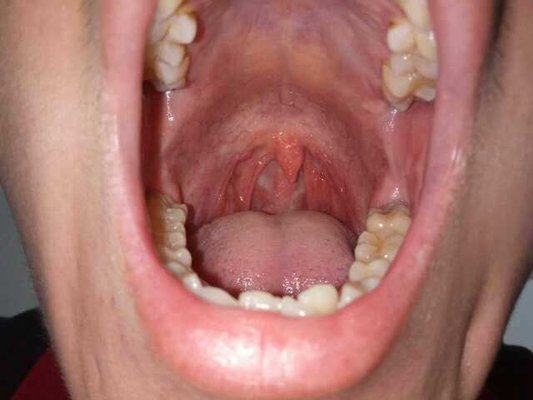What symptom does erythrocytosis have
summary
Erythrocytosis is no doubt abnormal, skin redness, headache, bleeding, the onset of the disease is hidden, often months to years of asymptomatic period, often found in blood routine examination. In some cases, the diagnosis was made only after the symptoms of thrombosis and bleeding appeared. Many symptoms and signs are associated with increased blood volume and blood viscosity. The earliest symptoms are often related to blood circulation disorders and nervous system. The main clinical manifestations are as follows.
What symptom does erythrocytosis have
First, skin changes are characteristic. It is characterized by redness of the skin, especially in the face, neck and extremities. Mucosal congestion, light blue. Osler described the symptoms as "rosy in summer and indigo in winter.". Common telangiectasia, gingival bleeding and epistaxis. Cyanosis, purpura, ecchymosis, hemosiderin deposition, wine dregs and spoon shaped nails were also seen. 50% of the patients had watery pruritus. It can cause itching, burning or itching by bathing or shower. It usually lasts for 30-60min and has nothing to do with the water temperature. Itching that has nothing to do with water can also occur. Histamine increased in blood and skin.

Second: nervous system headache is the most common, 50% of patients have this performance, can be accompanied by dizziness, vertigo and tinnitus, fatigue, forgetfulness, numbness, sweating, etc. In severe cases, blind spot, diplopia and blurred vision may occur. Angina and intermittent claudication may also occur. A small number of patients with cerebrovascular accident as the first performance. The main symptoms in this group were vasodilation, slow blood stasis and tissue hypoxia caused by the increase of red blood cell count, whole blood volume and blood viscosity.

Third: the incidence of bleeding is less than 10%, mainly due to vascular congestion, vascular intima damage, platelet factor 3 reduction, platelet dysfunction and abnormal coagulation mechanism leading to bleeding tendency. The common causes are epistaxis, gingival bleeding and ecchymosis on skin and mucous membrane. Can also show gastrointestinal bleeding, bleeding after tooth extraction, menstruation, etc.

matters needing attention
The symptoms of histamine increase include the increase of granulosa cells and basophils, which are rich in histamine. The increase of histamine release can cause peptic ulcer, so the incidence of peptic ulcer in patients with this disease is 10% - 16%, which is 4-5 times higher than that in normal people. Skin itching is also common, 40% occurs after hot bath, 10% can be accompanied by urticaria.

